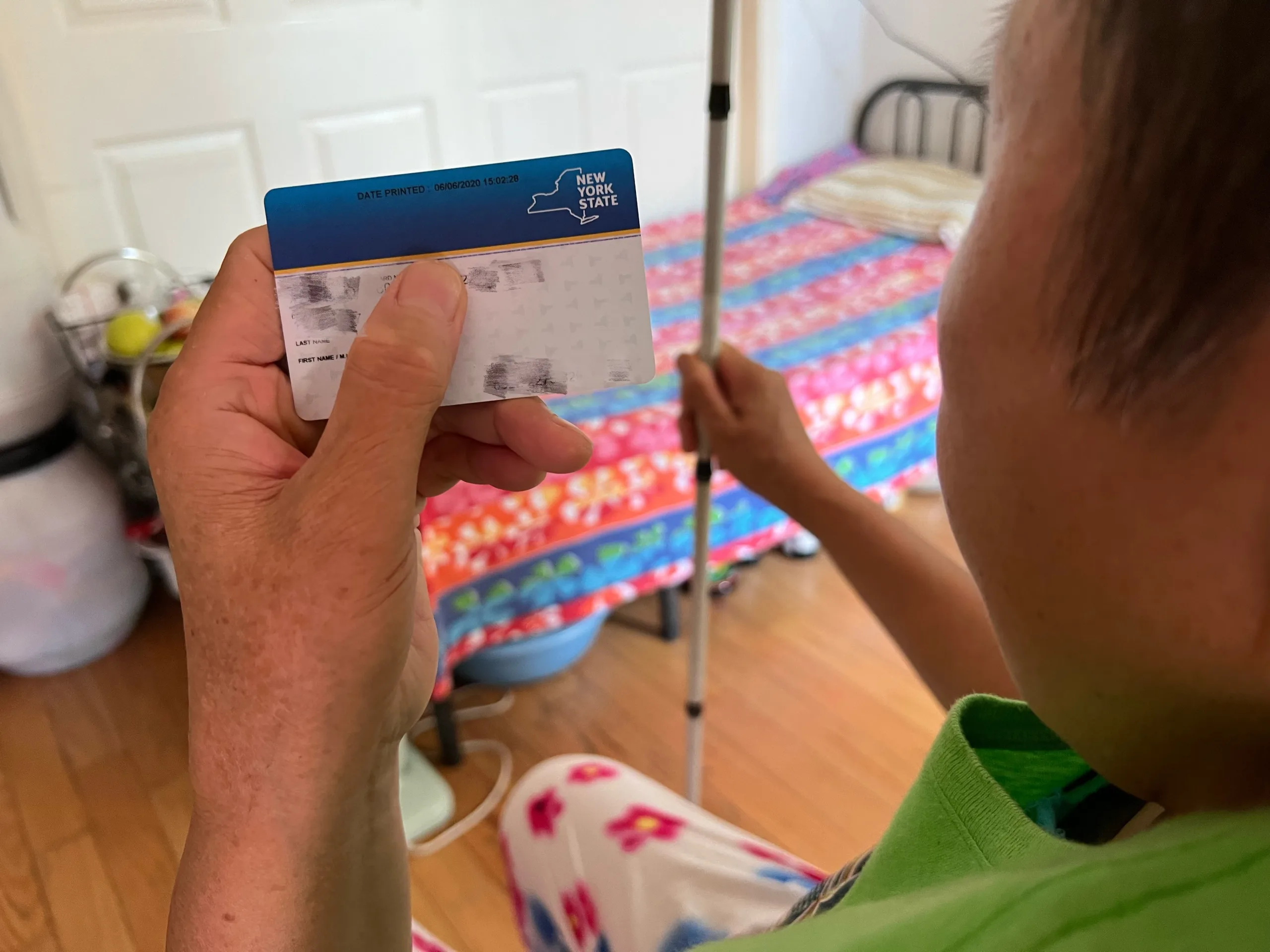Corona, Queens is officially the heart of the coronavirus outbreak in New York City, according to data from the NYC Department of Health and Mental Hygiene. An analysis of U.S. census data shows it is also home to the highest rate of foreign born residents in the City, its homes are among the most overcrowded and residents are least likely to have health insurance, creating a perfect storm of conditions for the virus to spread.
On Monday, the City released the count of positive COVID-19 tests as of March 31, which showed that the zip code that covers Corona, North Corona and Willets Point had the highest number of positive tests in New York City, at 947 cases. New York City now has more COVID-19 related deaths than the Netherlands, Belgium and Germany, among other countries, according to Johns Hopkins University.
“The square mile around Elmhurst hospital is the most diverse patch of land on the planet,” said Ryan Sit, Communications Director for New York City Council Member Francisco Moya, whose district encompasses East Elmhurst, Jackson Heights, LeFrak City and Corona. “Our households are mostly family households and they tend to have a higher number of people in them, so if one person gets it, it’s going to have a more dramatic impact than somewhere where you’re living by yourself.”
The census data, which was analyzed by the nonprofit Measure of America of the Social Science Research Council, shows that Queens Community District 4, which includes Corona, Corona Heights, Elmhurst, Lefrak City, has the highest percentage of homes with more or one occupant per room, at 22.2 percent, in New York City. The two zip codes with the highest number of cases fall within that district, according to city data.
“In communities like Corona and Elmhurst, far too many residents lack access to adequate health care and live in overcrowded conditions,” said Javier H. Valdés, Co-Executive Director of Make the Road New York. “Safe, affordable housing is out of reach, and they are facing extreme vulnerability at this moment.”
The data also shows that just over a fifth of residents in that district lack health insurance. Over a third of the people in the neighborhood work in the service industry, including jobs deemed ‘essential’ for coronavirus response. Over 50 percent of the residents are Latino and almost 35 percent are Asian/Pacific Islander, the data shows. Almost 63 percent of the residents are foreign born.
People in Moya’s district largely work hospitality and service industry jobs, Census data shows. “These are jobs you cannot do at home, so you either face getting laid off or you face getting fired or you face going to work and putting yourself at risk of contracting the virus by virtue of being out in public,” Sit said. Many are considered essential workers and are forced to spend their days out in the City.
The neighboring Queens Community District 3, which includes East Elmhurst, Jackson Heights and North Corona has a high overcrowding rate as well, at 17.8 percent. The City average is 9.4 percent, according to the data analysis. Those neighborhoods are also highly uninsured, with 20.1 percent of residents lacking health insurance. According to data from the NYC Department of City Planning, 59.8 percent of the population is foreign-born.
补偿终止但盗窃不止!纽约近9千起粮食券被盗案难获赔
Borough Park had the third highest number of positive cases at 1146, but has a foreign born population below the City average, at 29.1 percent. The zipcode for Olinville in the Bronx had the fourth highest number of cases at 1134. The encompassing community district, which includes Baychester, Eastchester, Edenwald, Olinville, Wakefield, Williamsbridge, Woodlawn, has 40.2 percent residents who are foreign born.
Elmhurst Hospital has become the epicenter of the coronavirus pandemic in New York City. As of Monday, the hospital had 200 patients with COVID-19, according to Dr. Joseph Masci, chairman of Elmhurst Hospital’s Department of Global Health. “The hospital is very, very full right now,” he said during a virtual town hall hosted by Moya. People are lining up outside the hospital, waiting to get tested.
On Tuesday, the City announced it would transform part of the 14,000-seat Louis Armstrong Stadium, which hosts US Open matches, into a 350 bed medical center to provide relief for Elmhurst Hospital’s non-ICU coronavirus patients. “It’s going to help take the pressure off of Elmhurst,” Mayor Bill de Blasio said at a press conference. He added it would take contractors three weeks to build out the center.
At the town hall on Monday, Dr. Masci said the hospital wasn’t sure why Elmhurst and Corona were hit hardest, but it’s possible that the diversity played a factor. “It probably makes the most sense to learn from this experience and to start allocating resources to the areas we think are being the hardest hit,” Sit said, “which will be heavily immigrant and diverse communities.















